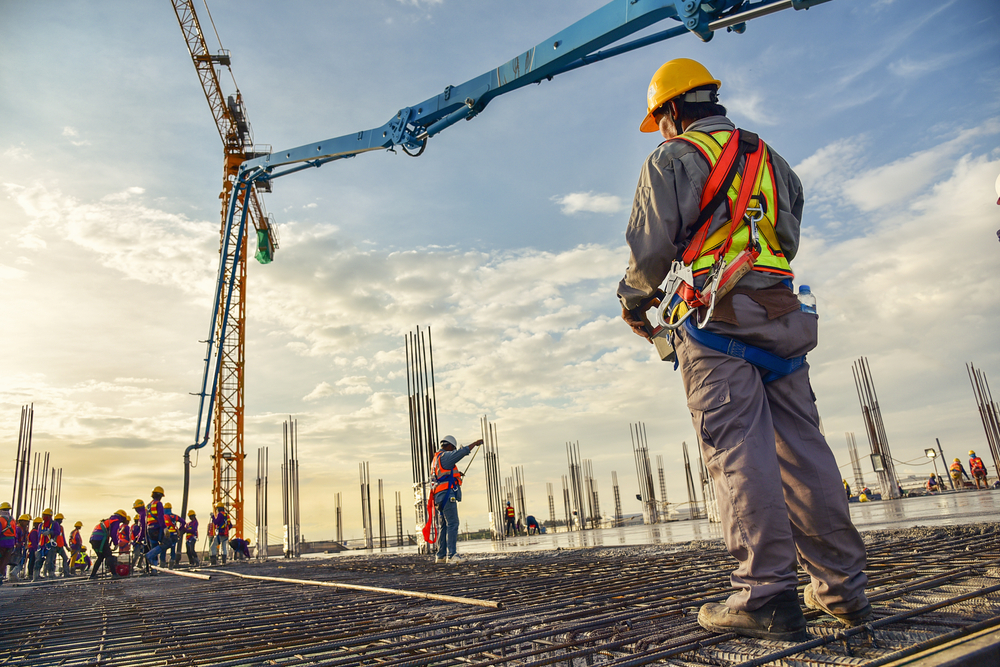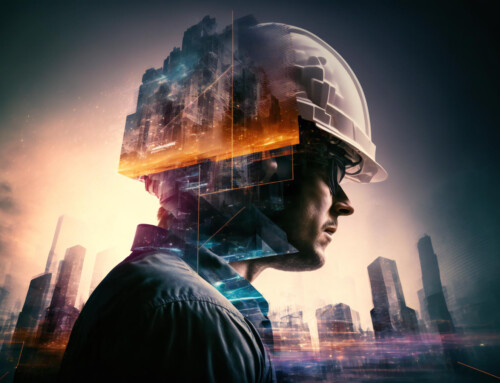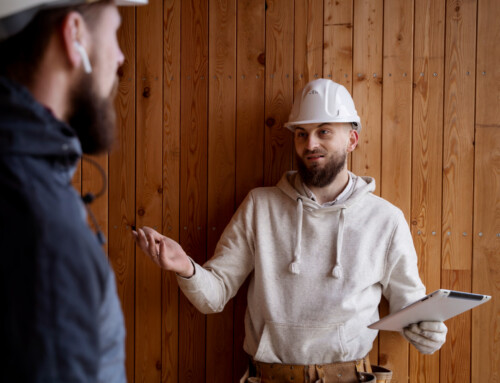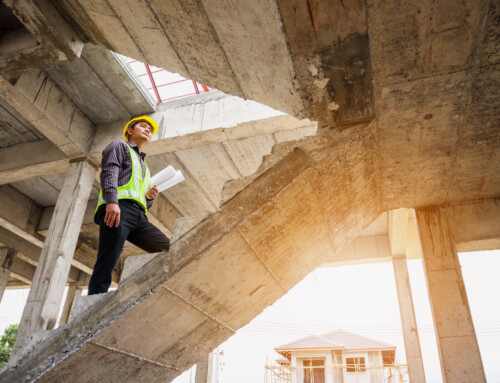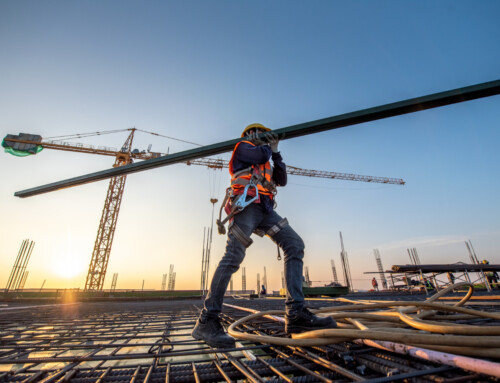Construction jobs often entail a degree of risk. The potential for injury is greater than in other fields that require less machinery and manual labor. Most companies, however, recognize the risk and try to minimize it. Identifying, evaluating, and controlling potential hazards are the keys to risk management.
Safety Expectations
There are two components to creating a culture of safety. You need to have clearly defined safety expectations, and you need to train all of the construction site employees on what those expectations are. In other fields, annual safety training might suffice, but in the construction field training needs to be recurrent. Each new employee has to have training, so they understand the safety regulations before they start working. Training also needs take place every time workers start on a new site because each site has its own set of risks and hazards.
It is crucial that each employee is aware of every possible risk, so they can avoid dangerous situations. This also allows the construction team to watch each other’s back. Even with sufficient training, mistakes happen. Having a plan in place when something goes wrong is the most important part of a worksite safety strategy.
Take Advantage of Technology
Advances in technology allow construction sites to monitor safety concerns more accurately. Site sensors can sense dust particulates and volatile organic compounds, which can make it easier to identify harsh chemicals that could cause adverse effects on the health of the employees. Technology is also helpful for inspection and surveillance. Drones can see at more angles than the human eye can, so they can more readily identify people who are on a construction site that are not permitted to be there.
Maintenance and Repairs
Part of a successful safety strategy involves making sure that the machinery and construction equipment work properly. If the machinery loses power in the middle of a job or overheats, it could put the workers in harm’s way. To prevent this from happening, construction equipment should undergo regular maintenance checks. The operators of the machines must also feel comfortable enough to tell their supervisors if they have concerns about the machinery. Workers can often tell right away if a machine feels off. If a machine is not working properly, there should be a repair system already in place, so the problem can be solved quickly and safely.
Improve Communication
Communication is essential to maintaining a safe work environment, especially for large construction sites. Larger constructions sites often have multiple project going on at once. That means more workers to keep safe and a longer list of possible hazards. You want to have an explicit chain of command. It should be clear to the employees who they need to go to if they have questions and who they need to talk to if they identify a possible hazard. Having daily safety meetings will also improve communication.
Worksite safety is a team effort, thus construction workers, superintendent, project managers, and sub-contractors should all be on the same page when it comes to safety.
How can we help you?
Searching for an opportunity in the construction industry? Contact The Birmingham Group today to discuss your career path or browse our open positions.
Are you a hiring authority needed construction talent? Submit a search request today.
–
